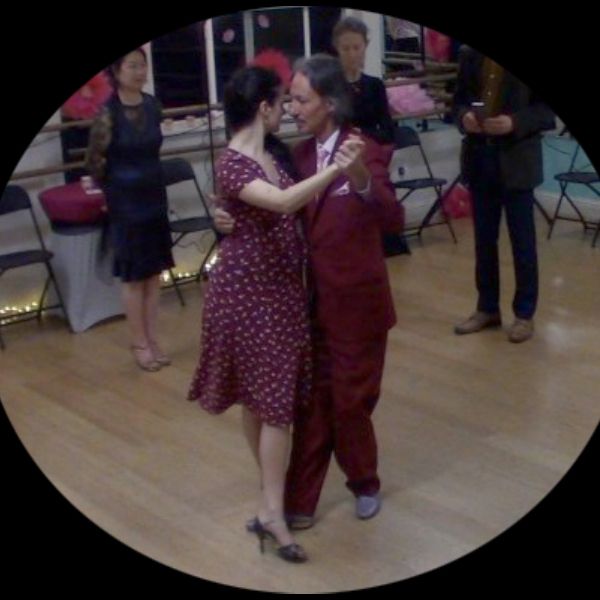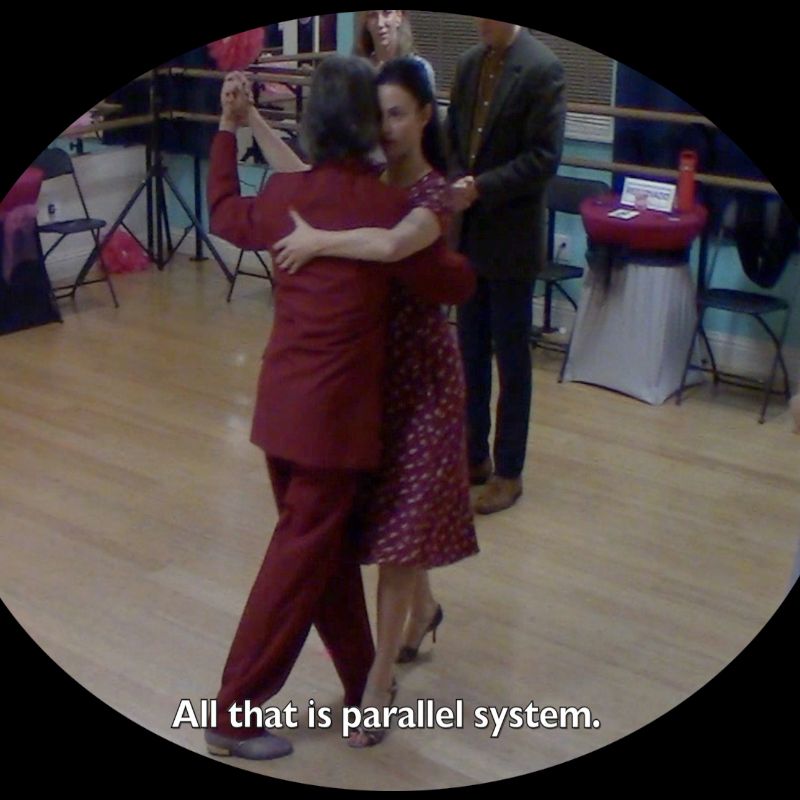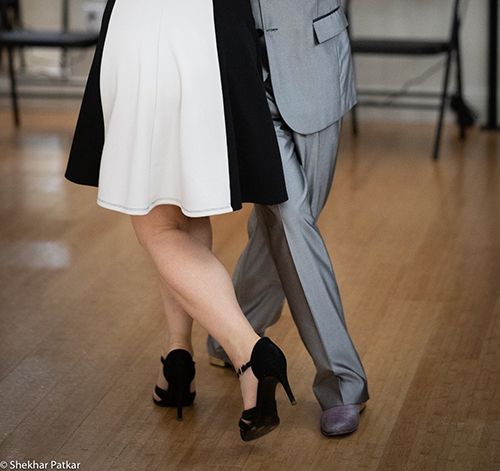
“Tango is Life”
What does this sentence mean?
It suggests that those who do not tango don’t know what life is.
Can such a radical thought make sense?
Ask anyone involved in Tango passionately, which is the only way to be involved in it, and that will be the answer.
This attitude in relation to Tango is rooted in the fact that Tango provides you with fulfillment, opening you up to the possibility of making your life a work of Art.
In America (North America), people think of Tango as a dance (always with the prejudice that dance means “performance”, conceived as something put on for a spectator,) perhaps also as a music genre. Still, the Spanish-speaking population knows that Tango is also words, lyrics, poetry, and “chamuyo” (for Argentineans).
These are words essential to knowing Tango in all its relevant aspects. Enrique Santos Discépolo, the author of many essential tangos, declared, “Tango is a sad thought that is danced”.
Every word in this phrase demands explanations that will never exhaust their meaning.
What kind of “sad thought,” then, is Tango?
It is looking at the past with the feelings of what went away and realizing how little we have left to leave us, too.
“Jamás retornarás”
“Cuando dijo adiós, quise llorar…
Luego sin su amor, quise gritar…
Todos los ensueños que albergó mi corazón
(toda mi ilusión),
cayeron a pedazos.
Pronto volveré, dijo al partir.
Loco la esperé… ¡Pobre de mí!
Y hoy, que tanto tiempo ha transcurrido sin volver,
siento que he perdido su querer.
Jamás retornarás…
lo dice el alma mía,
y en esta soledad
te nombro noche y día.
¿Por qué, por qué te fuiste de mi lado
y tan cruel has destrozado
mi corazón?
Jamás retornarás…
lo dice el alma mía
y, aunque muriendo está,
te espera sin cesar.
Cuánto le imploré: vuelve, mi amor…
Cuánto la besé, ¡con qué fervor!
Algo me decía que jamás iba a volver,
que el anochecer
en mi alma se anidaba.
Pronto volveré, dijo al partir.
Mucho la esperé… ¡Pobre de mí!
Y hoy, que al fin comprendo
la penosa y cruel verdad,
siento que la vida se me va.”
“You will never return”
When she said goodbye, I wanted to cry…
Then without her love, I wanted to scream…
All the daydreams dwelling in my heart
(all I dreamt of),
fell to pieces.
I’ll be back soon, she said as she left.
A fool, I waited for her… Poor me!
And today, that so much time has passed without her coming back,
I can feel that I have lost her love.
You will never return…
my soul says so,
and in this solitude
I call your name night and day.
Why, why did you leave my side
and so cruel, have you destroyed
my heart?
You will never return…
my soul says,
and, although it is dying,
it is waiting for you incessantly.
How much I begged her: come back, my love…
How much I kissed her, how fervently!
Something told me that she would never return,
as the nightfall
was nesting in my soul.
I’ll be back soon, she said as she left.
I waited for her so much… Poor me!
And today, that at last I understand
the painful and cruel truth,
I feel that life is leaving me.

The lyrics are about love, a broken heart, an unfulfilled promise, and unsatisfied hopes. But, it is also a view of life from the perspective of realizing that life, and everything in it, goes away: “Y hoy, que al fin comprendo / la penosa y cruel verdad, / siento que la vida se me va.” (And today, that at last I understand / the painful and cruel truth, / I feel that life is leaving me.)
Did Osmar Maderna, one of the authors, know that he was destined to die, suddenly, at age 32, in an accident?
His short life was feverishly productive: a piano virtuoso, a gifted composer, an in-demand arranger, a successful conductor, a great friend, a beloved husband, a passionate amateur aviator… So when he left his home in Pehuajó, a city located 230 miles southwest of Buenos Aires, to start his independent life as a musician in the capital, he asked his brother to tell everyone that he went to buy a bandoneon…






























